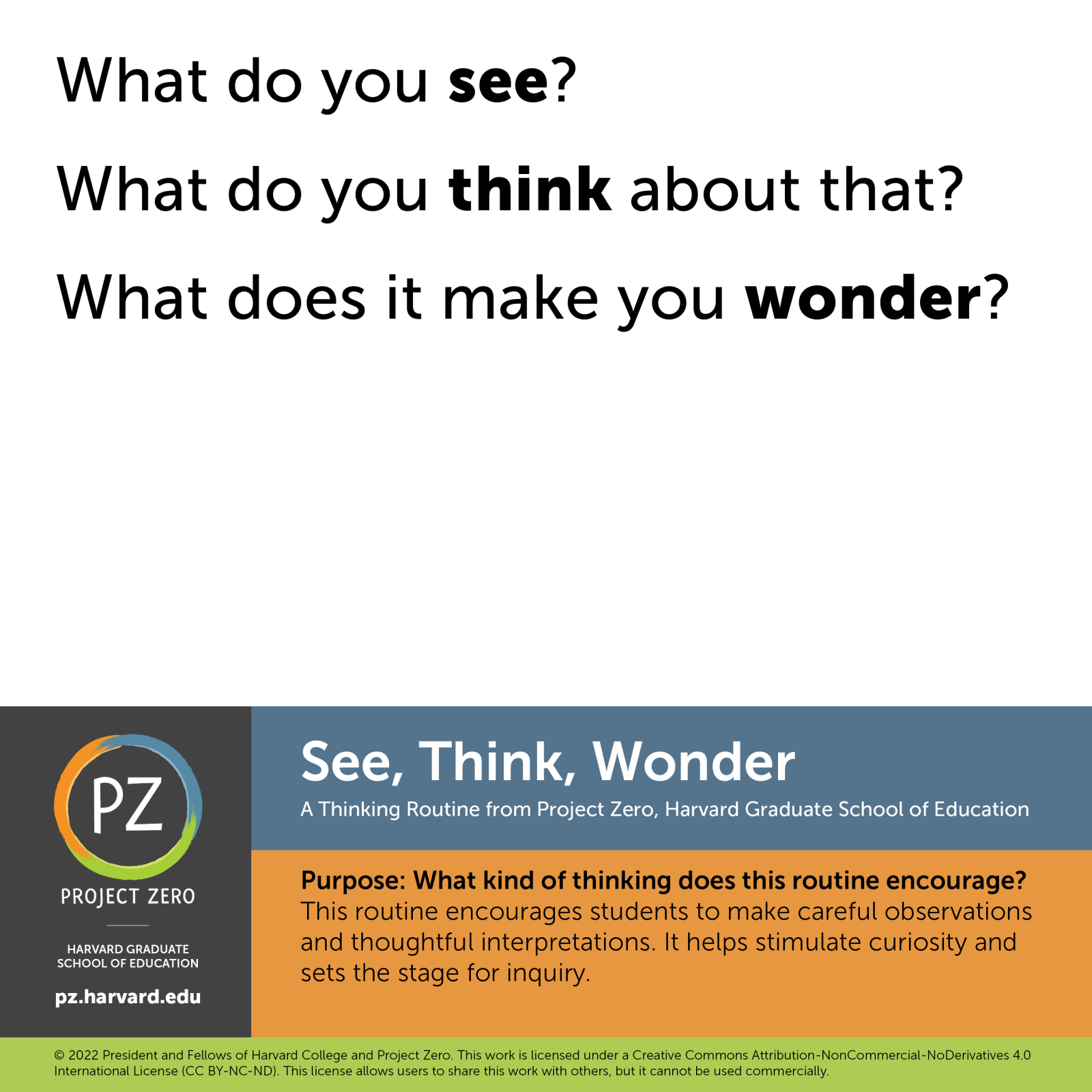Stephanie Norby's collections
Investigating a Place: California
What defines a place? Examine this collection of images from or about California to answer these questions: What are its unique set of physical and cultural conditions? How do these physical and cultural conditions interact? How is California connected to other places? What are the consequences of human activity on the cultural and physical landscape? Ask students individually or in small groups to create a collection in Learning Lab to represent the physical and cultural characteristics of another place (city, region, state). Using these collections, ask students to write summary statements describing the unique human and physical characteristics of places researched. Discuss student collections and what makes each place unique.
 Stephanie Norby
Stephanie Norby
68
Borders
<p>A few objects that reflect borders -- both to keep people out and to keep them in. Also, objects that show people's resilience even in the worst of times.</p>
 Stephanie Norby
Stephanie Norby
101
Pop Art
Pop Art
Explore how Pop artists were inspired by—and made art directly from—consumer goods, mass media, and popular culture.
 Stephanie Norby
Stephanie Norby
22
Panda Babies
<p>This collection would complement a children's book about panda babies or other animal babies, focusing on how animals grow and change. The collection uses the "See, Think, Wonder" thinking routine developed by the Project Zero Program at Harvard University.</p>
 Stephanie Norby
Stephanie Norby
8
American Authors and Innovation
Choose one of the American authors in this collection. Research the author and read some of his or her writings. Write a short persuasive essay arguing whether or not this author was innovative and if so how. Discuss whether or not innovation is important in determining the strength of a writer's work.
Analyze the portrait of your author using the portrait handout. Does the portrait capture the qualities that made this author innovative? If not, how would you change the portrait to capture these qualities?
 Stephanie Norby
Stephanie Norby
48
Investigating a Place: Niagara Falls
What defines a place? Examine this collection of images from or about Niagara Falls to answer these questions: What are its unique set of physical and cultural conditions? How do these physical and cultural conditions interact? How is Niagara Falls connected to other places? What are the consequences of human activity on the cultural and physical landscape? Ask students individually or in small groups to create a collection in Learning Lab to represent the physical and cultural characteristics of another place. Using these collections, ask students to write summary statements describing the unique human and physical characteristics of places researched. In class discuss student collections and what makes each place unique.
 Stephanie Norby
Stephanie Norby
17
Tree Banding
Tree banding is one of the activities included in the SHOUT program, a two-year investigation of land and water issues led by Smithsonian scientists. Watch the videos to learn how to band trees and collect data about their growth and why this information matters.
 Stephanie Norby
Stephanie Norby
6
Perspectives on China: Looking at Photographs to Understand Point of View
This teaching collection includes photographs of China during the first half of the twentieth century by different photographers. First analyze a photograph answering the questions on the handout -- just by looking closely. Then, open the label for the photograph and add additional information. Next, discuss the point of view of the photographer based on your analysis. Finally, research the photographer to learn more about her or her perspective. Why is it important to investigate a topic from more than one perspective?
 Stephanie Norby
Stephanie Norby
6












